What’s the Difference Between a Fluke and a Flounder?
Fluke and flounder are terms often used interchangeably, but they refer to distinct species with notable differences, which is crucial for fishing enthusiasts and culinary experts. Flounders encompass a broad family of flatfish, including various species like the winter flounder, summer flounder (commonly known as fluke), and others, each with unique characteristics. Fluke refers explicitly to the summer flounder, a species prevalent along the Atlantic coast of the United States, renowned for its distinct flavor and culinary versatility.
One key distinction between fluke and other flounders lies in their physical characteristics. Fluke are unique in that they typically have both eyes on the left side of their body, a feature known as ‘ocular asymmetry. ‘
This unique adaptation aids in their identification and is a critical aspect of their biology, influencing their habitat and behavior. Fluke are also known for their larger size and more aggressive predatory behavior than other flounder species, affecting their distribution and anglers’ fishing techniques.
From a culinary perspective, fluke is not just another fish but a delicacy prized for their delicate, white flesh and mild, sweet flavor. This makes them a preferred choice for various recipes, from sushi to classic pan-fried dishes. In contrast, other flounders offer a different culinary experience, with their firmer texture and unique taste profiles, adding diversity to various culinary traditions.
Understanding these differences is essential for sustainable fishing practices, accurate species identification, and appreciating the unique qualities each brings to the table. This article delves into the specifics of fluke and flounder, exploring their biological, ecological, and culinary distinctions to provide a comprehensive overview for enthusiasts and professionals alike.
My Girls First Fishing Experience
One of the fun adventures my girls had on our vacation this year was going sea fishing on the commercial fishing boat Miss Avalon out of Avalon, NJ. My wife was in charge of this particular outing as I am strictly a bay fisherman – I leave the surging swells to those with cast iron stomachs.
Turns out my wife doesn’t have one either, but that’s another story! You can read about their adventure at My Daughters’ Catch of the Day
Both girls caught fish out on the Miss Avalon. My older daughter Nell’s fish was large enough to take second place in the boat’s pool. The first prize was cash, and Nell got a free fishing excursion to accompany her one-pound sea bass.
Maddie, the driving force behind the deep sea fishing trip in the first place, ended up with a 3/4 pound flounder. Or was it a fluke? Either way, if you’ve never seen one up close and alive, it is a most…unfortunate-looking fish.

Early Life
Flukes and flounders are types of flatfish. That means that, while they started life swimming upright, they lay on either their left or right side during the larval stage, and the eye facing towards the bottom migrated to be top-facing.
So, some flat fish are right-side-up (their left eye migrated to the right side), and some are left-side-up, meaning their right eye migrated to the left side. What makes a particular fish turn into a left-side or a right-side fish?
And what makes a “normal” fish evolve into a flat fish? I have no idea about the former, but I’m sure the latter adaptation was for camouflage while hunting for food.
The top side of flatfish is mottled and dark, making them blend in well on the ocean bottoms. As they are bottom dwellers, this is a very good thing as they can surprise their unsuspecting prey.
All Fluke Are Flounder, but Not All Flounder Are Fluke
Generally speaking, left-side-up flounders are flukes and right-side-up flounders are called flounders. That sounds easy enough to remember, but it gets worse. Flukes are also called “summer flounder,” and flounder, or right-side fish, are called “winter flounder.”
It also turns out that of the 500 plus flatfish species, five are all called flounder. It’s good to know there is a difference, but I would be hard-pressed to taste the difference between a fluke and a flounder.
Four of the five flounder species are found in the Atlantic: summer flounder (left-side-up flukes), winter flounder, southern flounder, and European flounder. The fifth, the Japanese flounder, is found in the Pacific Ocean.
Unless you are studying fish biology, and I’m certainly not, I think the main thing to remember is that all flukes are flounders, but not all flounders are flukes. And all flounders are tasty.
Fluke & Flounder Fun Facts
I did find out some fun facts about flounder and fluke, though, no matter what name you call them. Because they are so flat, large flounder and fluke (at least 8-10 pounds) are sometimes called doormats or snow shoes. Finally, something about these fish that makes sense!
Another fun fact is that summer flounder and winter flounder are aptly named. Summer flounder (fluke) winter off of the continental shelf and only come into the bay (to be caught) in the summer.
Winter flounder comes into the bay in the fall and stays through the winter until the spring. Fluke and Flounder don’t like to stay around each other very much. It could be because Fluke has teeth and Winter Flounder doesn’t but don’t quote me.
As to weird names, I usually think of a fluke as a freak occurrence and flounder as a verb meaning wobbling about without a way to steer. One possible root word for fluke is the old German word flah, meaning flat.
I’m still not sure how something flat can also be a freak occurrence, but I don’t guess it’s every day that a fish’s eyes migrate from one side of its head to the other.
As to the name flounder, it comes from the Dutch word flodderen, which means “to flop about.” Using that definition, all fish flounder when caught, but flounders can flop about on the bottom of the ocean, kicking up sand to cover themselves, as rays do. Also, because they swim sideways, it can look like they don’t have a very good way to steer themselves.
No matter how they look or swim, flounder is tasty when cooked. Here’s a recipe for broiled flounder in lemon butter, and be sure to check out Pan-Fried Flounder with Potatoes and Parsley. This is how my mom prepared fresh flounder for us as kids.
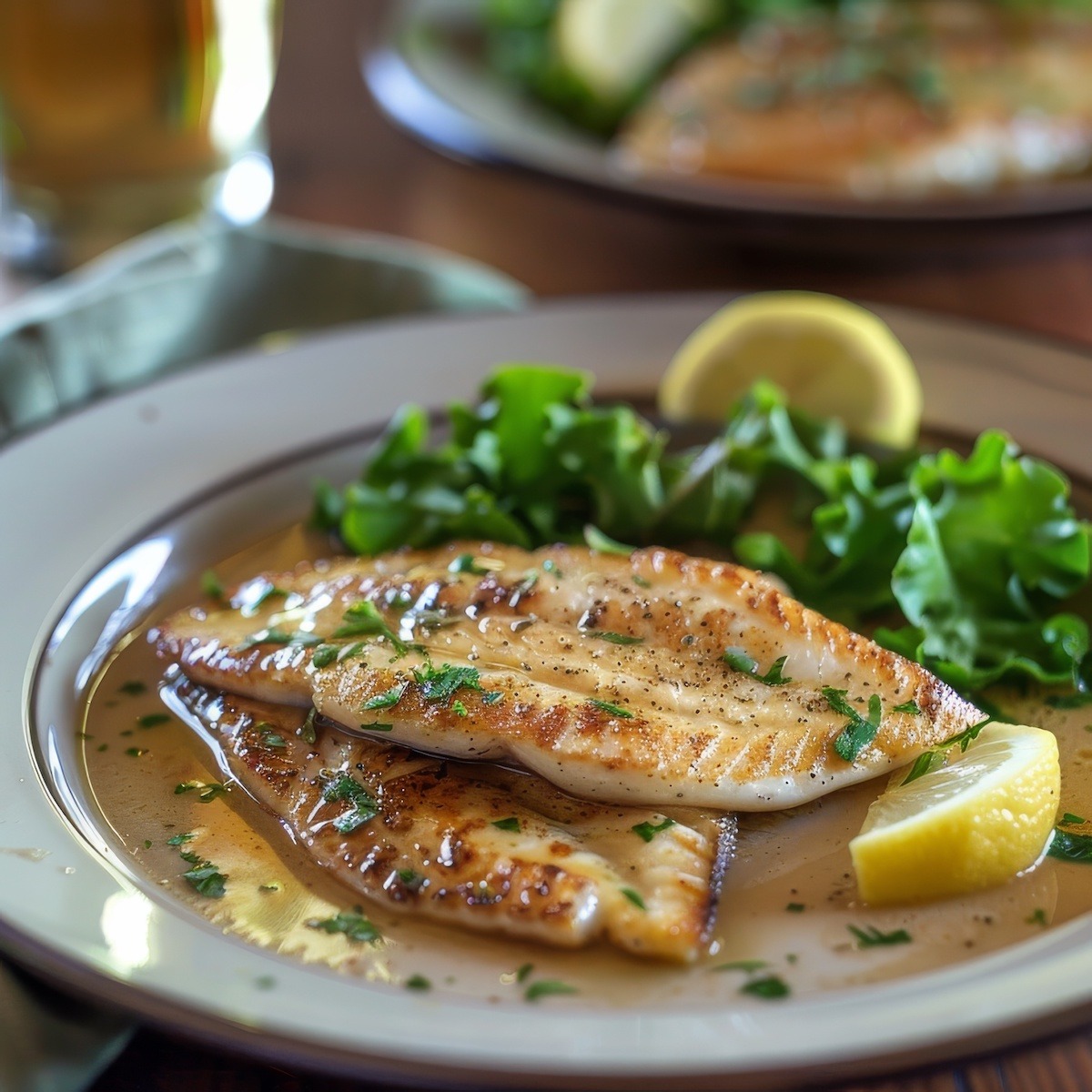
Broiled Flounder in Lemon Butter
Ingredients
- For the fish
- 4 flounder fillets
- 2 tablespoons melted butter
- 2 tablespoons freshly squeezed lemon juice
- kosher salt and freshly ground white pepper to taste
For serving
- 1 lemon very thinly sliced
- fresh Italian or curly parsley, minced
Instructions
- Rinse and pat dry the fillets. Arrange in on a baking tray.
- Combine the melted butter and lemon juice and drizzle evenly over the fish, reserving about 1 tablespoon.
- Lightly sprinkle with salt and pepper.
- Broil the fish on the highest rack until the fish is white and is just starting to flake, about 5-7 minutes.
- To serve, drizzle on the last tablespoon of lemon butter. Arrange lemon slices on each fillet and sprinkle with the freshly chopped herbs.

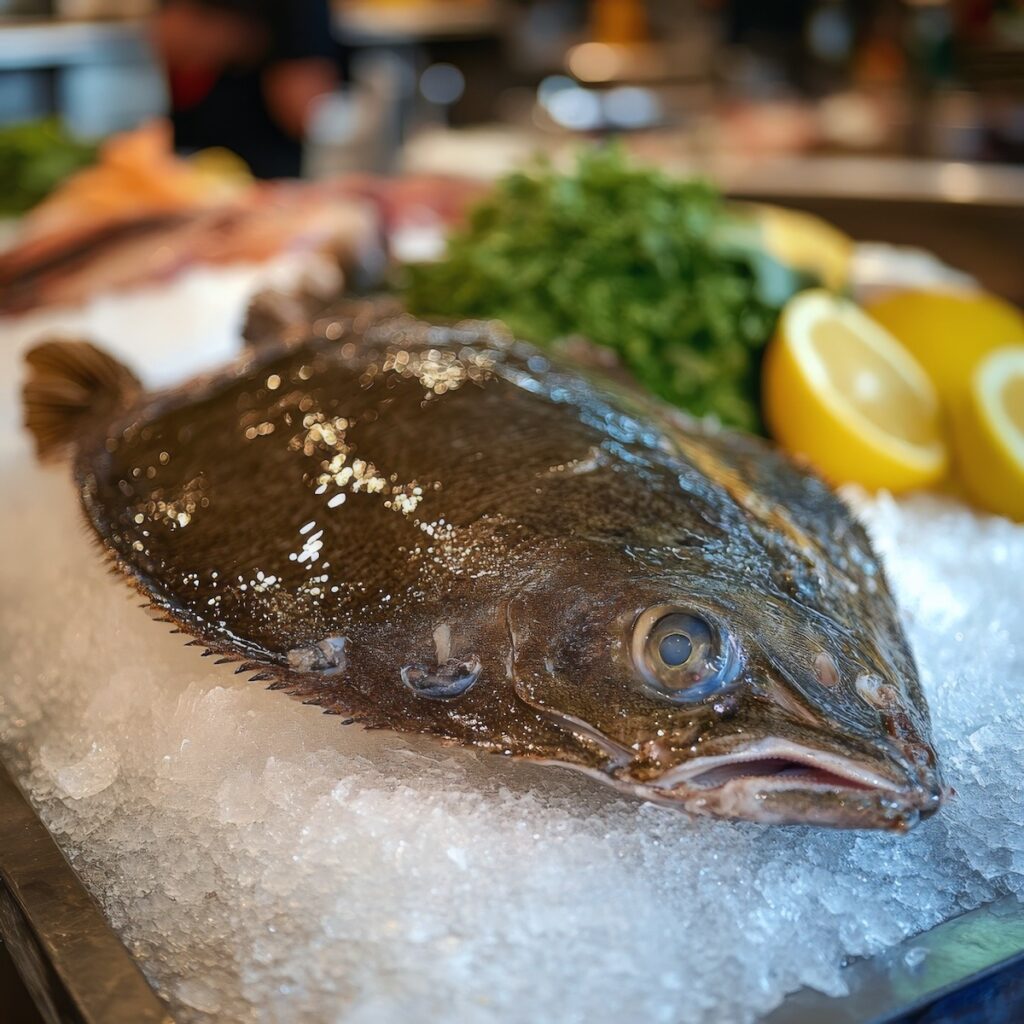





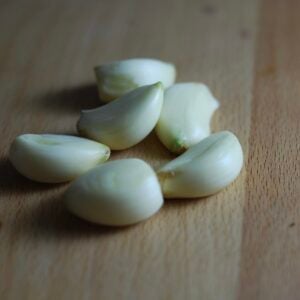
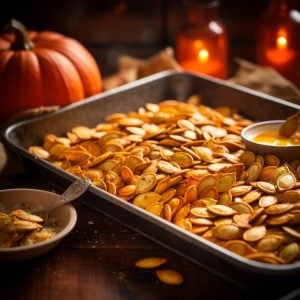



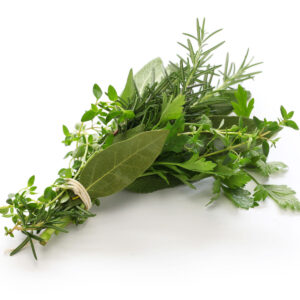




18 Responses
Great article! My son caught a fish today…I called it a flounder, my Dad said it was a fluke! I love your play with words, and appreciate you making this an easy to read and informative blog….now i gotta go read about what size is legal to keep! TY TY TY!
I grew up on the Great South Bay of Long Island NY. As I little girl I was well versed in “flounder” fishing, and then once on a bay trip with my dad I caught a big’un. As soon as I landed the fish my dad exclaimed “well, you caught a fluke!”. From that moment on, it was my understanding that a fluke is usually a much larger and heavier fish than a flounder.
Also, when we cooked it, it tasted different to me than flounder. I really didn’t like the taste. Perhaps it’s something one gets used to?!
I agree on what is Fluke or Flounder. I was in Navy stationed in NJ and fished a lot salt water even made our own Fluke or Flounder rigs, I like most newcomers to the fish was told the only difference was what side the eye was facing, But knowing how Jersey people love to joke I didn’t take it too serious, I did notice that Fluke was much larger and caught mostly at a different times and in deeper water.
After catching both I could not swear I would know the difference,, and didn’t care as they both taste the same,, GOOd!
If it’s got vicious looking teeth it’s a fluke, if it has a soft toothless mouth it’s a flounder. Fluke are the tastier of the two.
Making your recipe tonight for 15!!
You will have to work in batches or use multiple fry pans. Have a great meal.
This is all crap. On such fish called a fluke, only by slang.
Look it up in a dictionary.
Get the facts before you write something.
This is why people get in trouble fishing for flounder. There are winter and summer flounder. Along with sole another totally differant fish. Read the laws in your state before going fishing . But don’t depend on this screw up. So many believe crap like this.
SO START IN THE DICTIONARY. Then move to the discription of flounder. Because there is no such thing as a fluke other then by Slang
Ric, I appreciate your enthusiasm but but if you look up “fluke” in the Merriam-Webster dictionary, it describes “fluke” as a flatfish which is exactly how I described it. I also say in big, bold letters, All Fluke Are Flounders and I also say “Flukes are also called “summer flounder,” ” so I’m sure I agree with you.
You need to do more research before going ballistic, lol, I was stationed in Jersey and fished for both and made the Fluke rigs and Flounder Rigs, And have caught both,
There is a difference but in fairness they are both same species of family.
Fluke do get much larger, and if you check the eyes are set different , Now we get to west coast Halibut and there I am stumped,, lol
Wonderful article. Thank you so much for taking the time to write this. I learn something every day. Gracias
This was wonderful. I was raised in Long island NY and my grandfather and I went to scotty’s dock and would catch fluke and flounder. He was written up in magazines in the 70’s as the Flouner Kind of Long Island Andrew Barbaccia. Thank you for they wonderful story of great fish!
Same! Used to catch these like crazy in the sound until they kept jacking up the size of keepers now it’s nothing but porgies! Our pops might have know each other as my dad was the ” Duke of Fluke”!!! Until I came along….winked 😉
I agree that many types of fish arte called different names depending on area they are in,, Like Florida call Bream and up North its a Blue Gill, A speck is a Crappie, and there jack Pike is a Grass Pike some place else, But I have been all over the east coast and in Many countries and Fluke and Flounder are two different fish not species, So don’t think there is any Fluke in the identity,, Pun Intended..lol
My recollection is fluke have bigger mouths and bigger hooks are used.
Fluke,summer flounder face left by that I mean with the mouth on the bottom and the Eyes On Top holding the fish up it’s facing left. Also it has teeth. Winter flounder face right Eyes On Top mouth on bottom and they are as toothless as your great-grandmother. All I can speak about is the Jersey Shore and summer flounder are usually always called fluke. As far as taste I personally do not see much of a difference they are both excellent fish. Well I hope I did’t confuse anyone so take care. T
You are the first to mention sole.
This is very simple a flounder is like all other fish with eyes on both sides of its body while a fluke has its eyes on one side of its body that’s why it’s referred to as a fluke. It’s all in the location of the eyes on the body. Get it. Lol
Hi, I was googling around for the content about the seafood. On this page, I found your fantastic resource. Just wanted to let you know how much your page has helped me. We provide fresh fish, blue crab, crab cake, alaskan crab legs, shrimp, shellfish, seafood soup, and more. Thanks for compiling your resource list and have a great day! – Divya